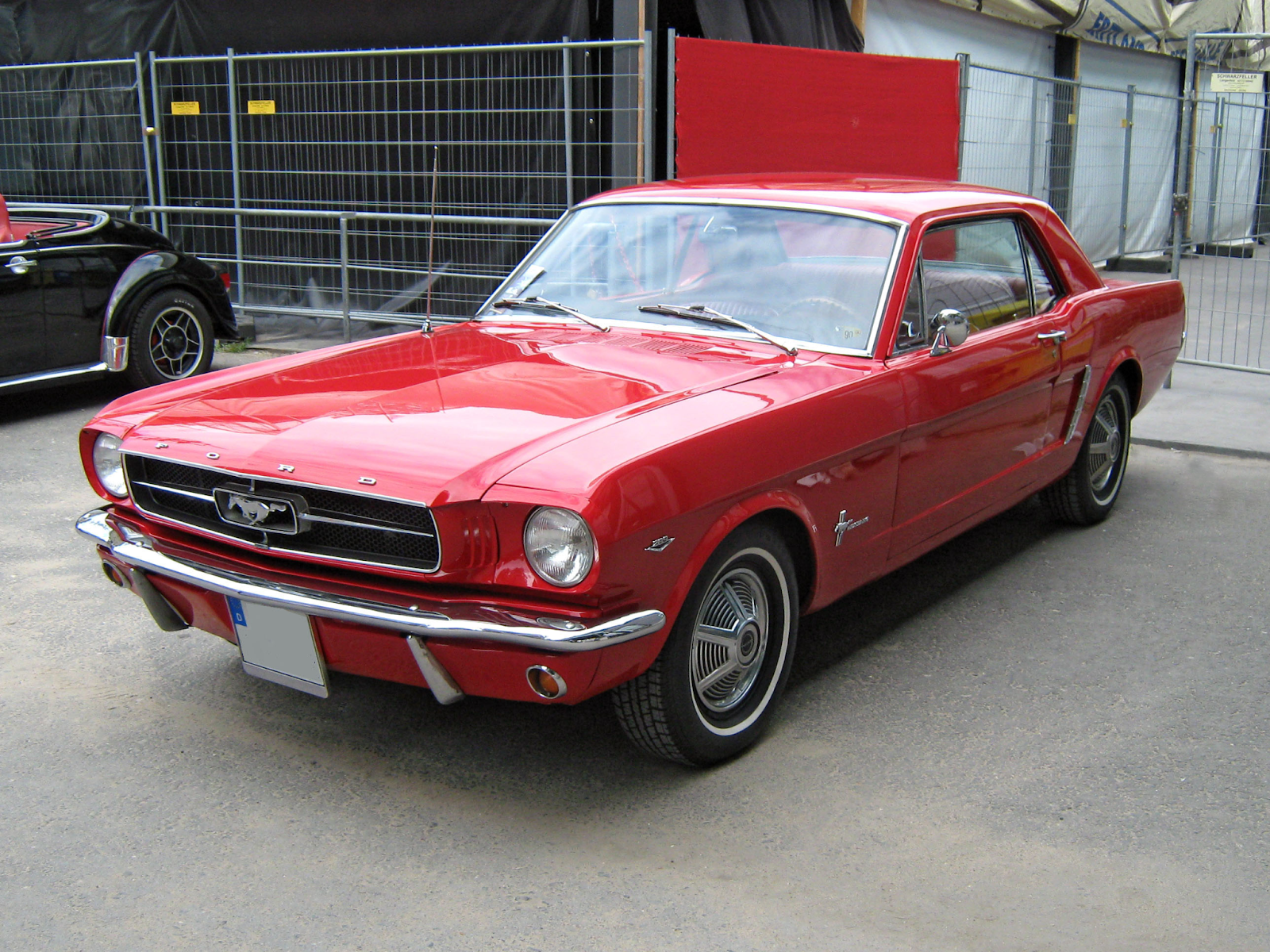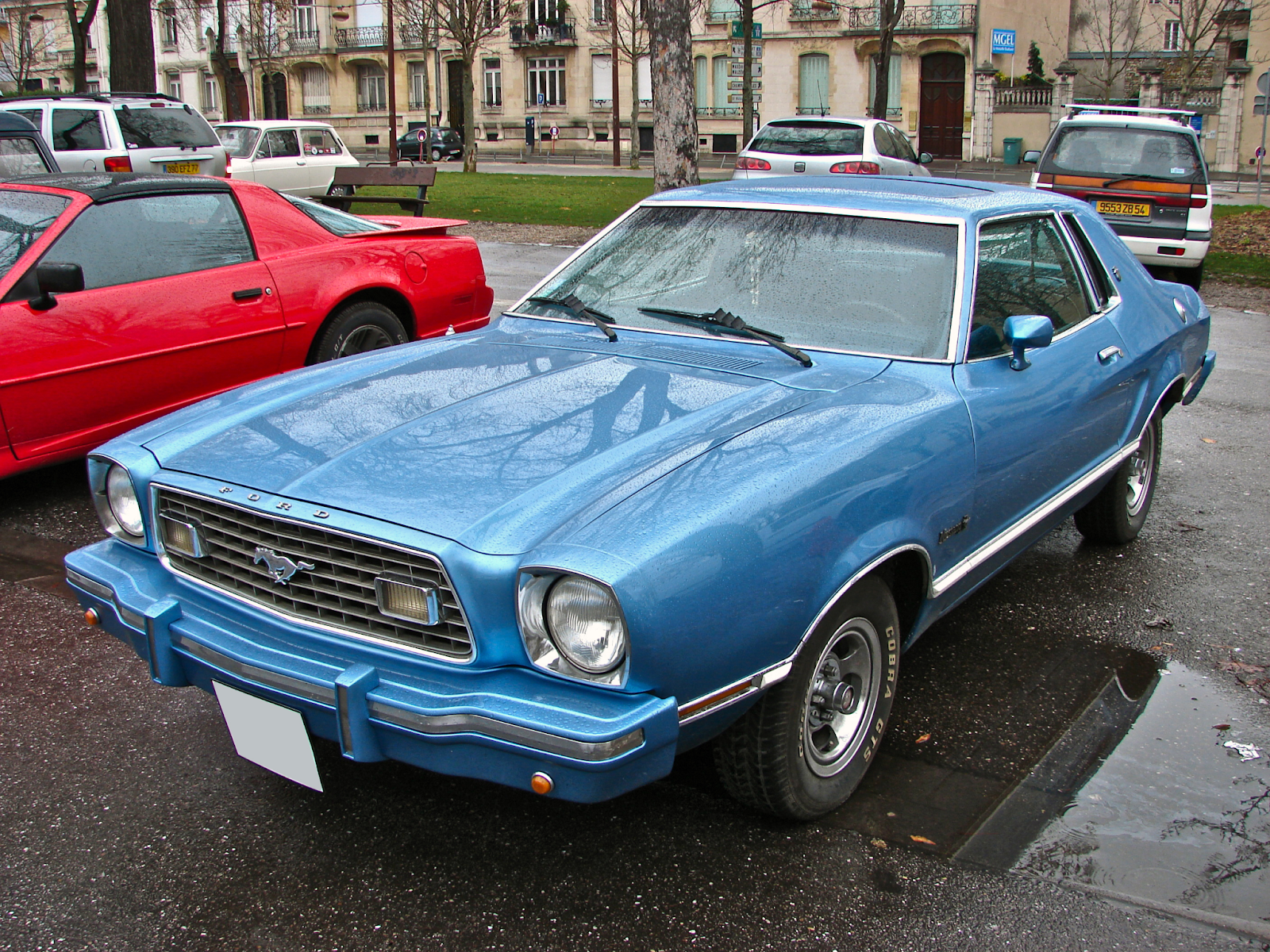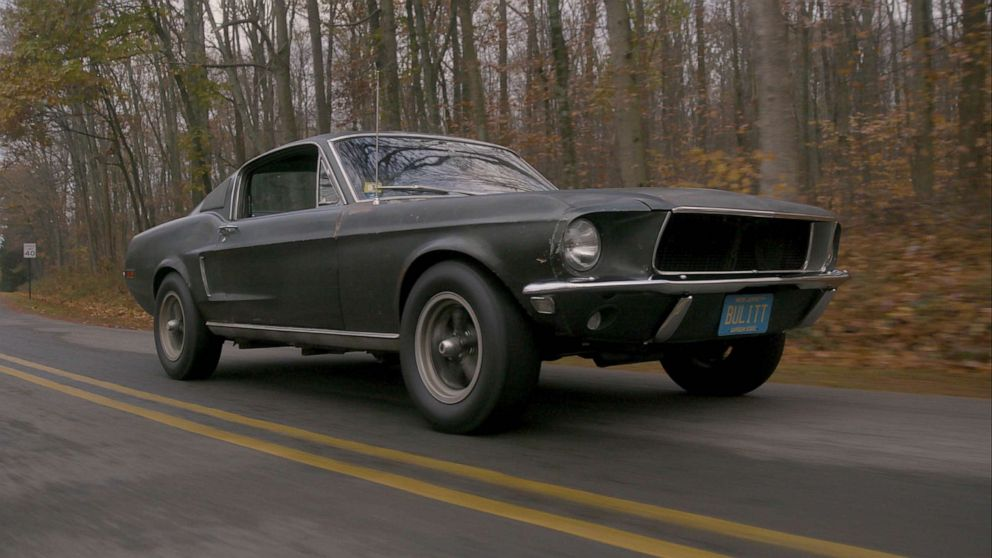When it comes to legendary automobiles, few can match the enduring appeal and cultural impact of the Ford Mustang. Since its introduction in 1964, this iconic pony car has captured the hearts of automobile enthusiasts worldwide, becoming a symbol of American automotive ingenuity and style.
The Birth of a Legend
The Ford Mustang was conceived in the early 1960s under the leadership of Lee Iacocca, who envisioned a sporty, affordable car that would appeal to the youth market. Designed by a team led by Donald Frey and Joe Oros, the Mustang made its debut at the New York World’s Fair on April 17, 1964.
The initial response was overwhelming. Ford had projected sales of 100,000 units in the first year, but astonishingly, they sold over 400,000 Mustangs within that timeframe. This success established the Mustang as an instant classic and birthed an entirely new car category: the pony car.
Design Evolution
Over its nearly six-decade history, the Mustang has undergone numerous redesigns while maintaining its core identity. The first generation (1964-1973) set the template with its long hood, short deck, and muscular stance. This era saw the introduction of now-legendary variants like the Mach 1 and Boss 302.
The 1974 to 1978 Mustang II, while controversial among purists, helped the model survive the oil crisis with its smaller, more fuel-efficient design. The third generation, spanning from 1979 to 1993, introduced the Fox body platform, which became a favorite among customizers and performance enthusiasts.
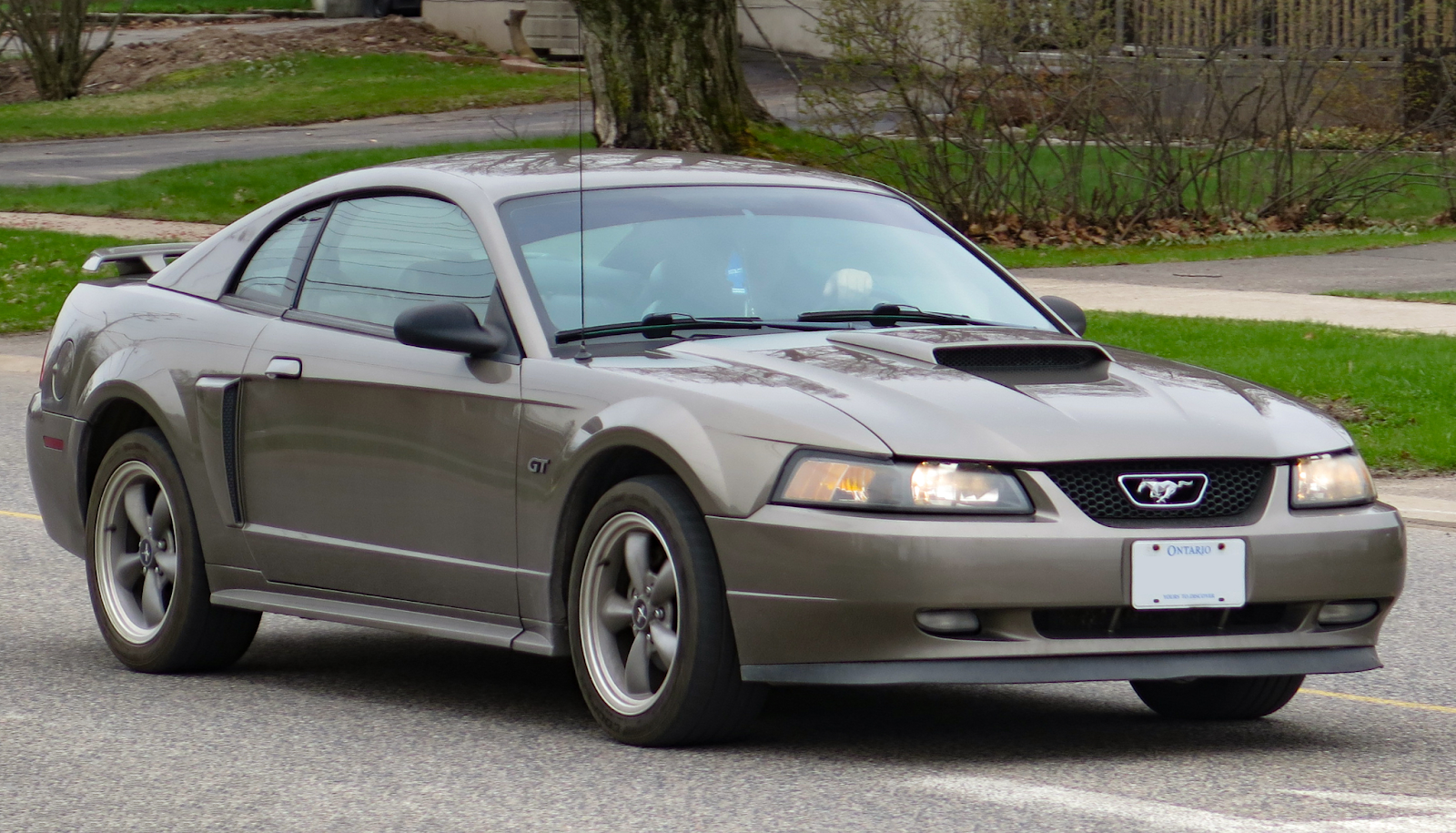
The fourth generation (1994-2004) modernized the Mustang’s look while retaining classic design elements. The fifth generation (2005-2014) marked a return to the Mustang’s roots with a retro-inspired design that paid homage to the original 1960s models.
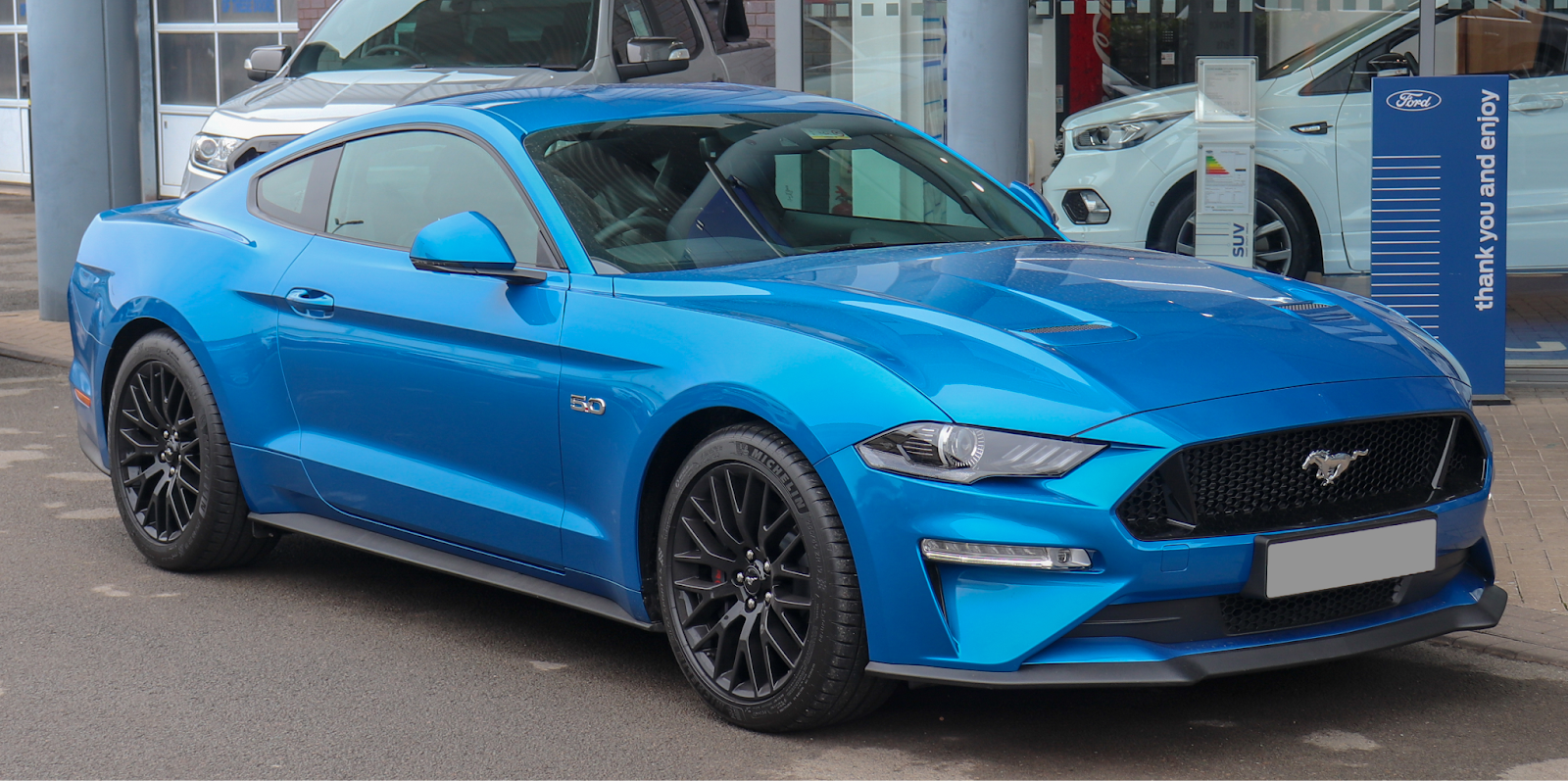
The current sixth-generation Mustang, introduced in 2015, blends modern technology with classic design cues. It offers a range of powerful engines, including the high-performance Shelby variants, ensuring the Mustang remains a formidable presence on roads and racetracks alike. The latest models feature advanced technology like digital instrument clusters, adaptive suspension, and driver-assist features, bringing the Mustang firmly into the 21st century.
Cultural Impact
The Mustang’s influence extends far beyond the automotive world. It has starred in countless movies, TV shows, and music videos, cementing its status as a cultural icon. From Steve McQueen’s famous car chase in “Bullitt” to the custom “Eleanor” Mustang in “Gone in 60 Seconds,” this car has left an indelible mark on popular culture.
Music has also embraced the Mustang, with the car featuring in songs across various genres. Its association with freedom, youth, and rebellion has made it a powerful symbol in American culture, representing much more than just a mode of transportation.
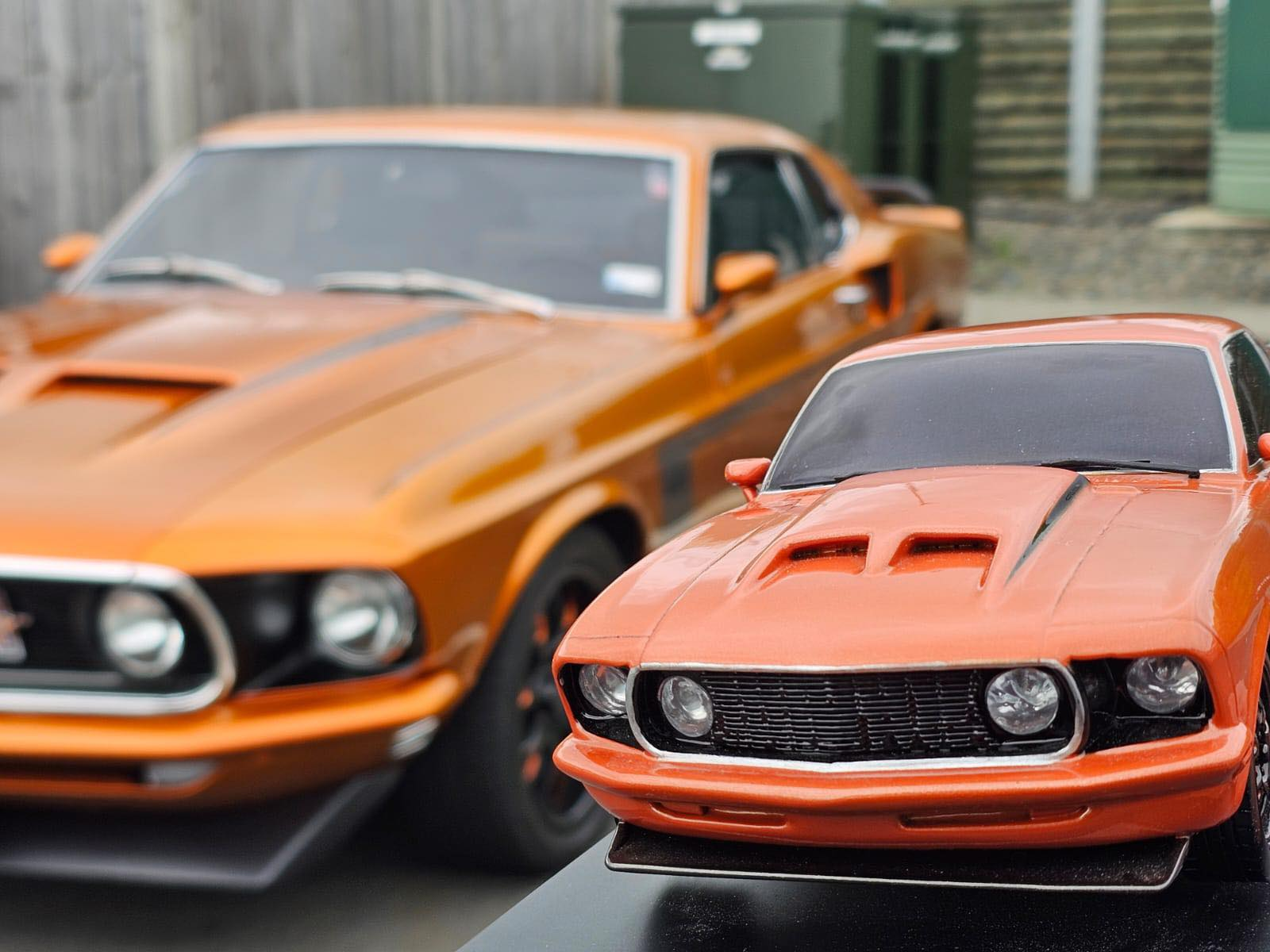
The Mustang’s popularity has also made it a favorite subject in car model making. Enthusiasts and collectors often seek out detailed scale replicas to showcase their passion for this legendary vehicle. Custom car models of various Mustang iterations, from classic 1960s fastbacks to modern Shelby GT500s, allow fans to appreciate the car’s design evolution in miniature form.
Racing Heritage
The Mustang’s performance capabilities have been proven time and again on the racetrack. From early successes in the SCCA Trans-Am series to modern-day triumphs in NASCAR and drag racing, the Mustang has consistently demonstrated its racing pedigree.
In 1965, Carroll Shelby, already famous for the Cobra, partnered with Ford to create the Shelby GT350, a high-performance variant of the Mustang. This collaboration led to numerous racing victories and established the Shelby name as an integral part of Mustang lore.
The Mustang’s racing success isn’t confined to American shores. It has competed in various international series, including Australia’s Supercars Championship and, more recently, NASCAR’s European series.
In recent years, Ford has even developed a Mustang-inspired all-electric SUV, the Mach-E, showcasing the brand’s ability to adapt to changing automotive trends while maintaining the spirit of the original pony car.
Collecting and Preservation
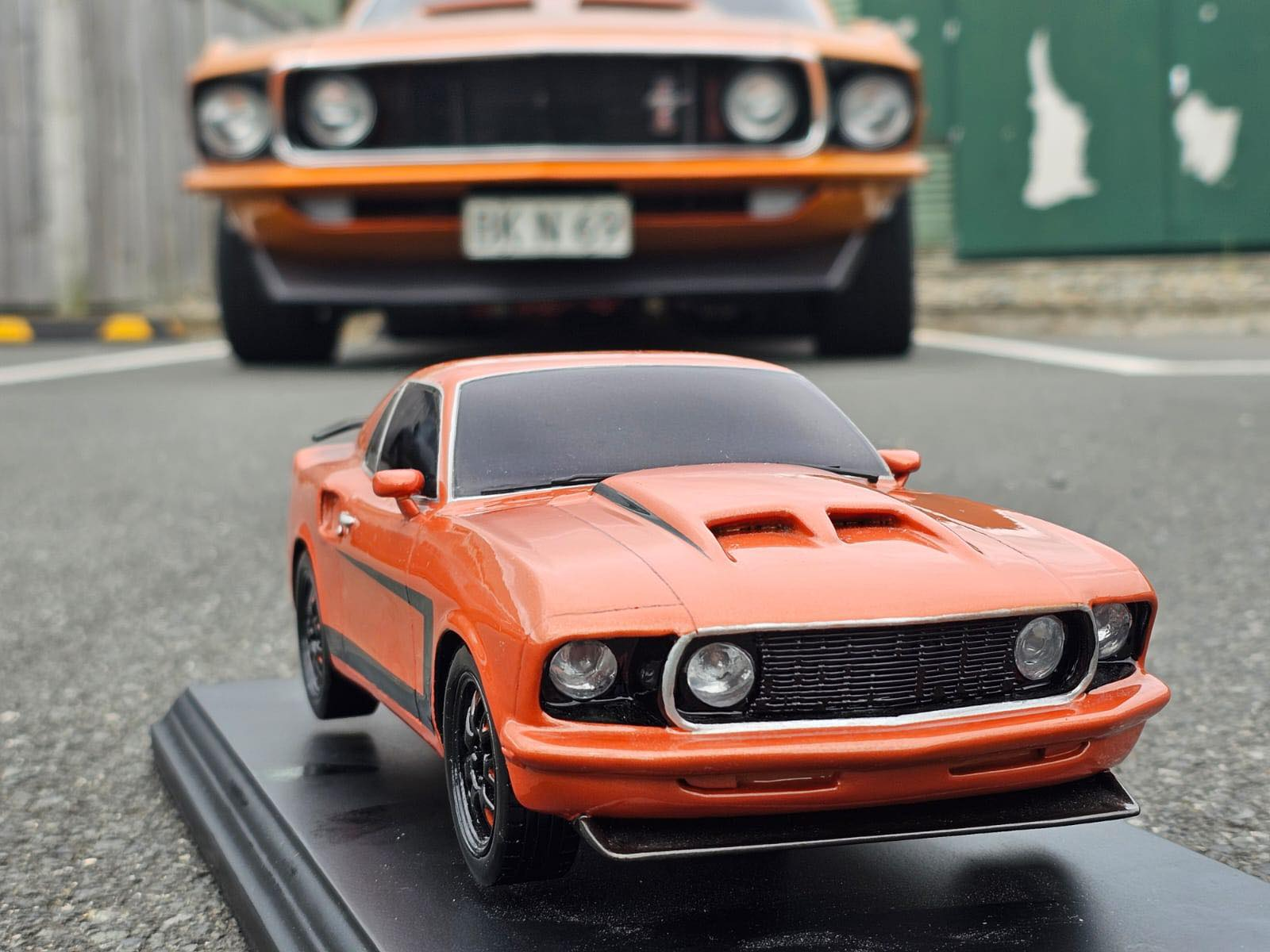
Given its historical significance, many automotive enthusiasts collect and restore vintage Mustangs. Car shows and Mustang clubs around the world celebrate this iconic vehicle, keeping its legacy alive for future generations.
The most sought-after collectible Mustangs include the original 1964.5 models, the high-performance variants of the late 1960s and early 1970s, and limited-edition models like the Boss 429 and Shelby GT500KR. These cars often command high prices at auctions, with some rare examples fetching millions of dollars.
For those who admire the Mustang but may not have the means to own a full-size version, detailed scale models offer a way to enjoy its classic lines and powerful presence. Companies like Modelworks Direct specialize in creating high-quality, custom car models that capture the essence of legendary vehicles like the Mustang. These miniature replicas allow enthusiasts to build impressive collections that showcase the Mustang’s evolution over the decades.
Environmental Considerations and Future Outlook
As the automotive industry shifts towards electrification, the Mustang is adapting to meet new challenges. The introduction of the Mustang Mach-E electric SUV signals Ford’s commitment to evolving the brand while retaining its performance heritage.
Despite these changes, Ford has reaffirmed its commitment to the traditional Mustang, promising to continue producing gasoline-powered versions alongside electric models. This dual approach aims to satisfy both longtime Mustang enthusiasts and environmentally conscious consumers.
Conclusion
The Ford Mustang’s journey from a revolutionary concept to an enduring automotive icon is a testament to its timeless design and broad appeal. Whether experienced on the open road, admired at a car show, or appreciated through a meticulously crafted scale model, the Mustang continues to ignite passion in car enthusiasts around the world.
As we look to the future of automotive design and technology, the Mustang stands as a reminder of the power of innovation, style, and performance in creating a truly legendary vehicle. Its ability to evolve while maintaining its core identity ensures that the Mustang will continue to capture imaginations for generations to come.


